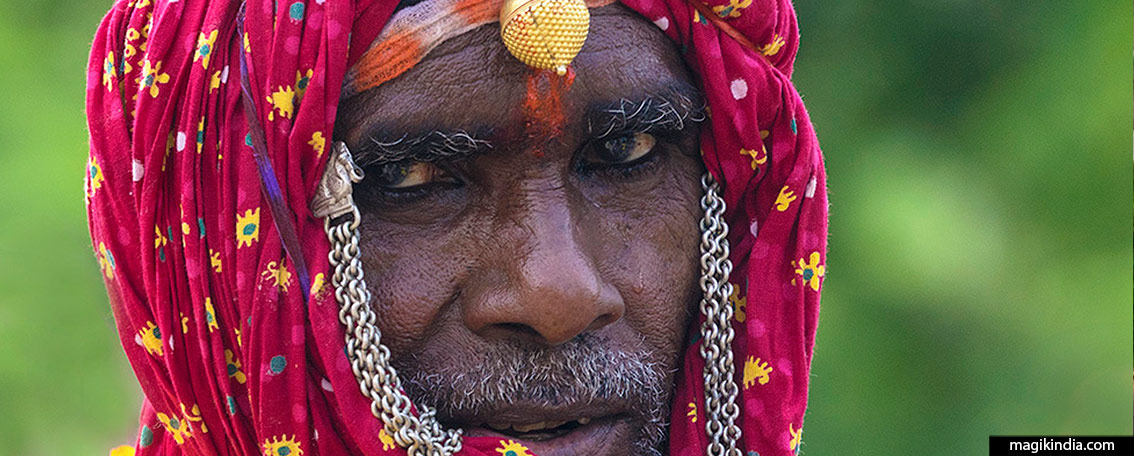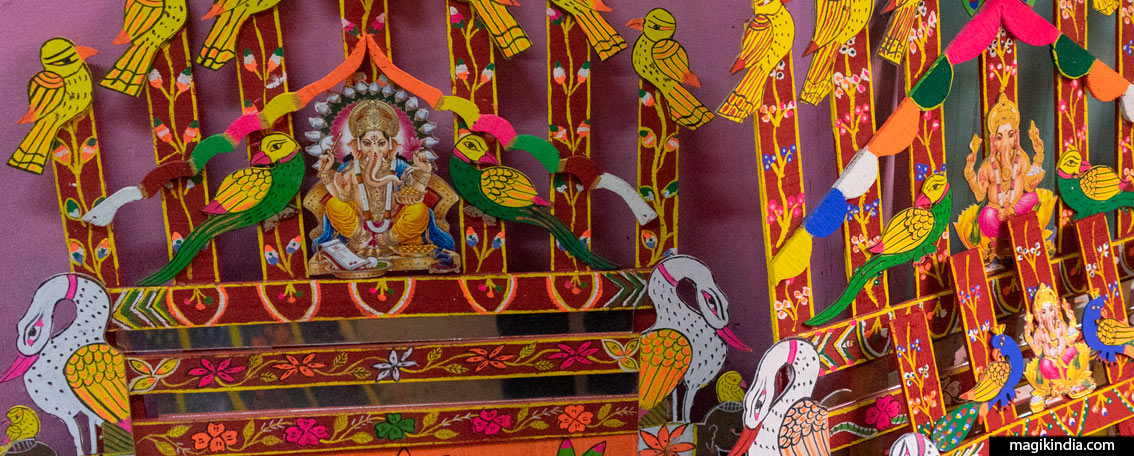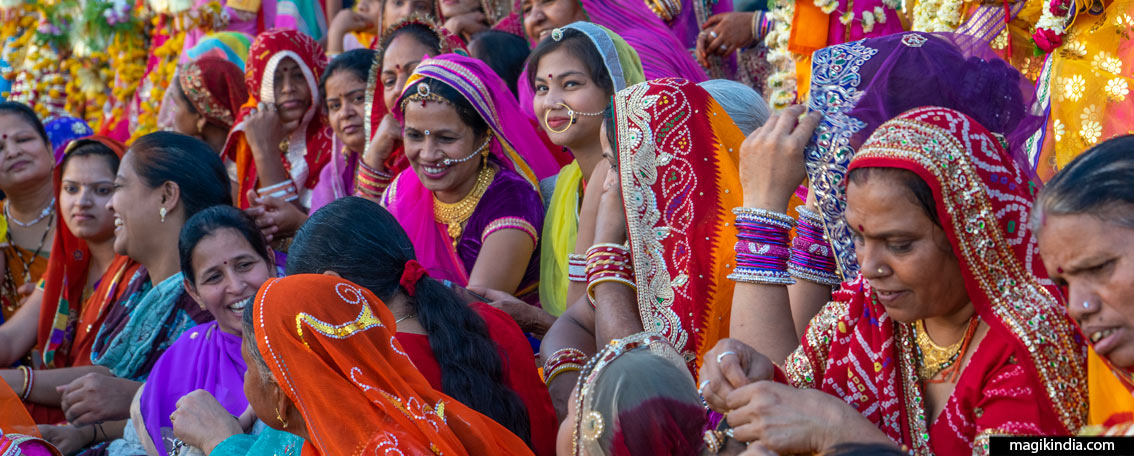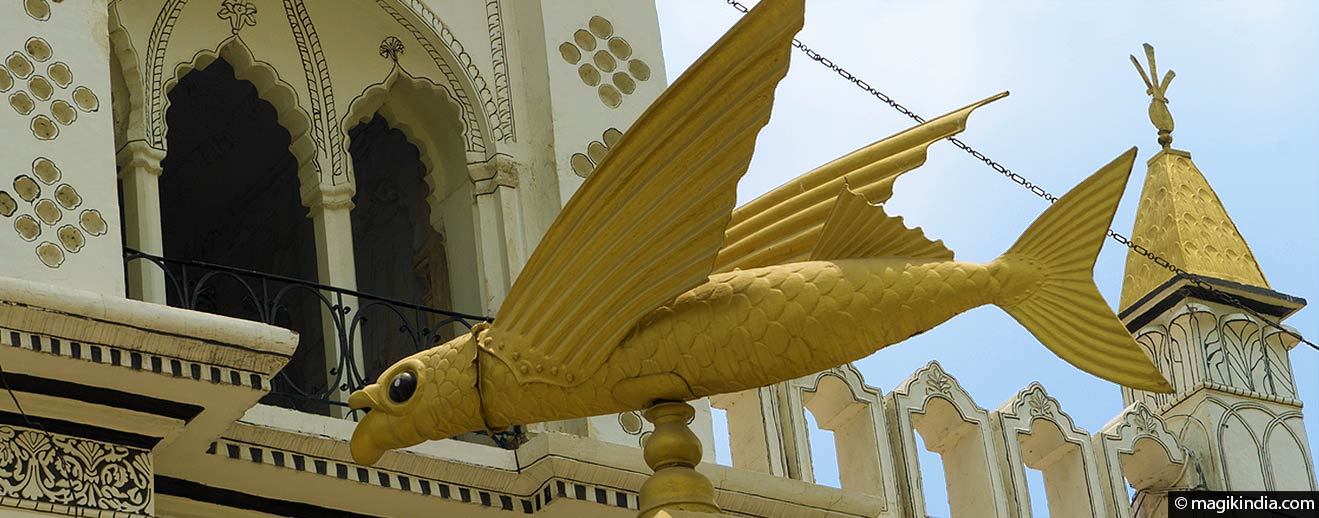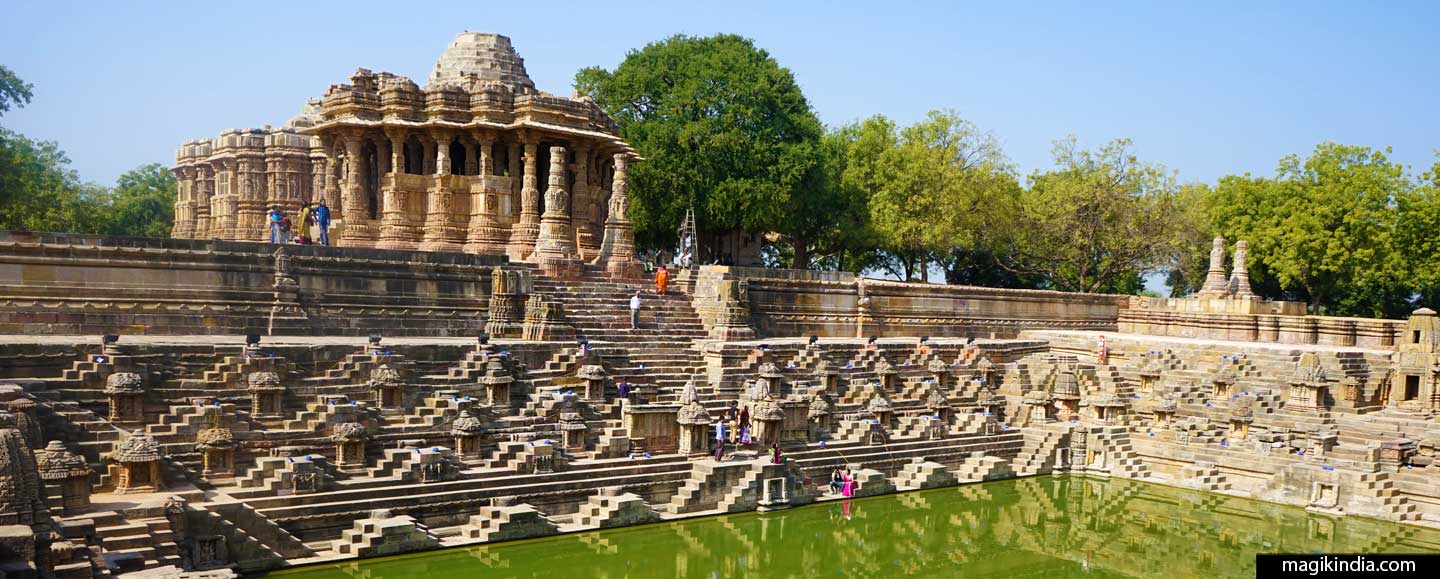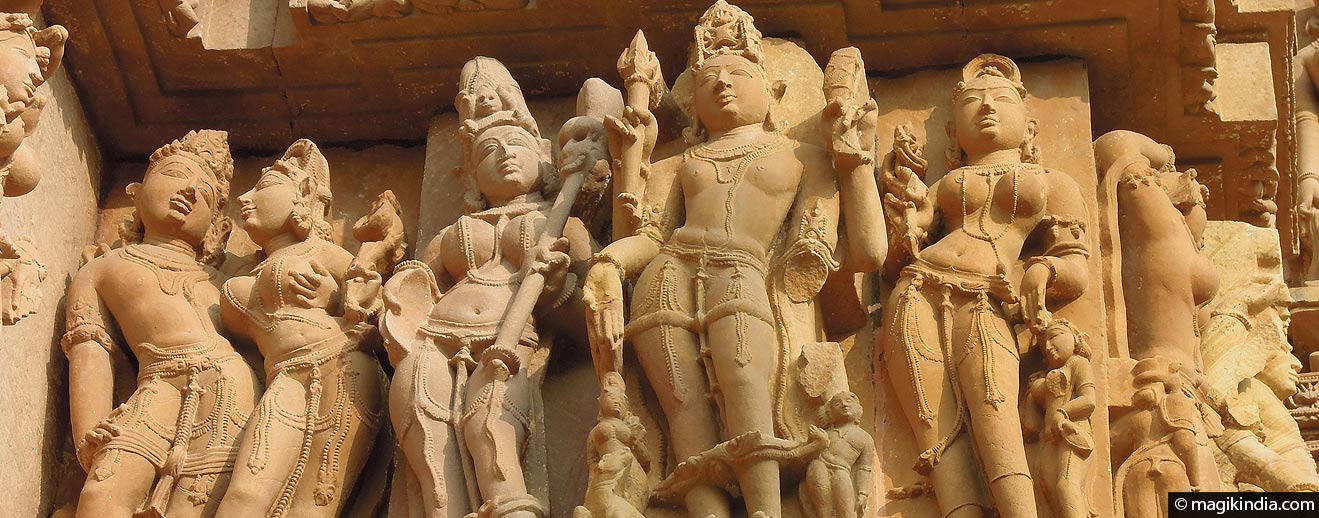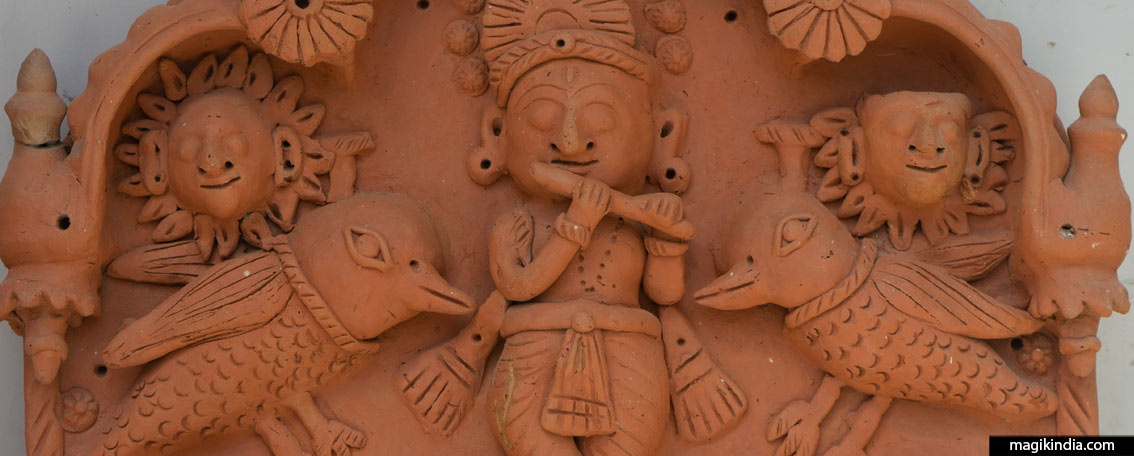
The fabulous votive ceramics of Molela
At a time when many craft traditions are being lost in India, the village of Molela is an exception. Located in the district of Rajsamand (Rajasthan) about an hour from Udaipur, Molela is not a village like the others; it is a unique place for terracotta votive panels that the Adivasis cosmmunities come to acquire during the months of Magh and Vaishakh.
The road that leads us from Udaipur to Molela is pleasant, dotted with typical villages where we discover the real life of the countryside of Rajasthan. Along the way, we stop at Haldighati which, in addition to its turbulent history, is known for its production of “Chaitri” rose, the rose of spring. The specialty here is Gulkand, rose petal jam, recommended in Ayurvedic medicine as a refreshing tonic.
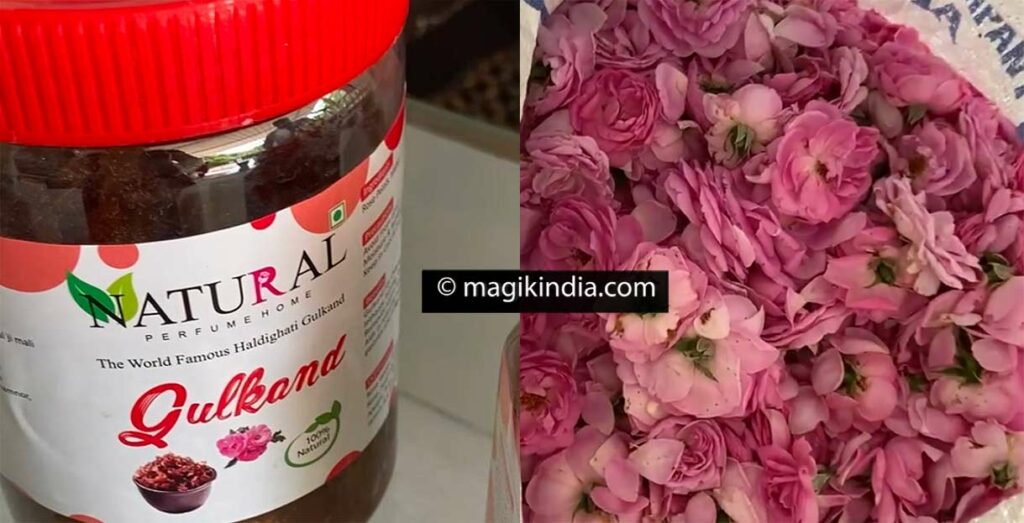
We arrive in Molela half an hour later. This small town has two or three main streets along which the “Kumbhars” (potters), about twenty families, have established their workshops. That day, most shops were closed following the death of one of the members of the community. We turned into the village and we eventually found a workshop which, by chance, had remained open; it is that of Shanti Lal, a potter in her twenties who has taken up the family torch.
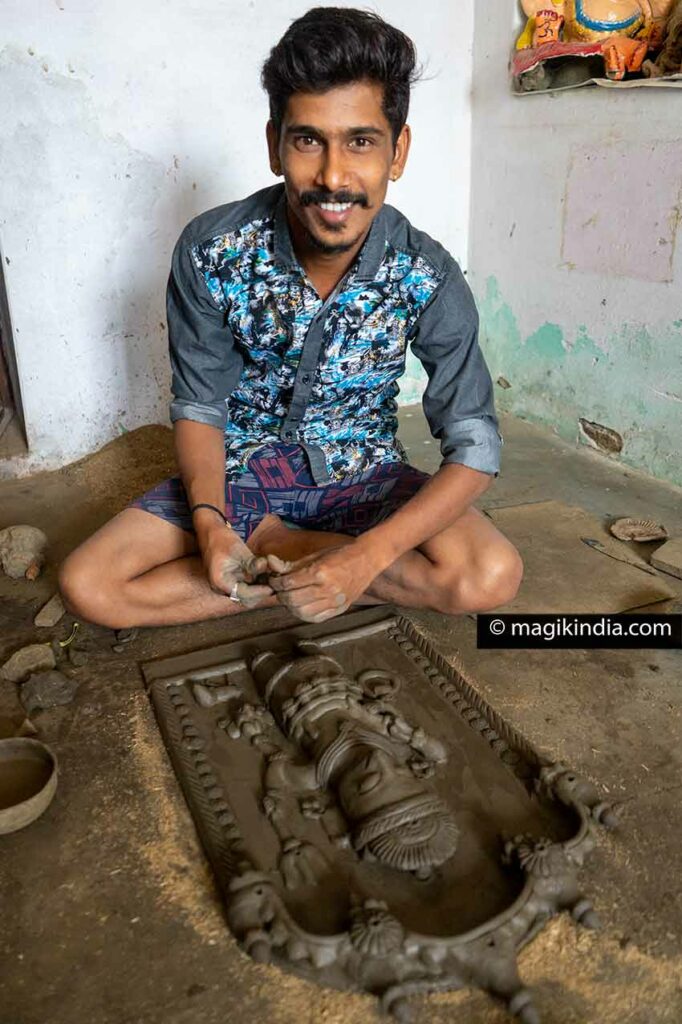
The young man with a communicative smile, starts telling us the story of these very special ceramics while shaping a plaque dedicated to the local deity Beruji, protector of the villages.
Molela ceramics find their origin in a legend: it is said that Dev Narayan (local deity, incarnation of Vishnu) appeared in the dream of a blind potter asking him to create his terracotta idol. The potter hesitated to grant this wish because of his blindness; he didn’t want to disappoint the god with an ugly image. However, he ends up agreeing. The next morning, he had recovered his sight. He then made an idol of the god to fulfil his promise. Following this, people from the pottery community of Molela began to create votive images.
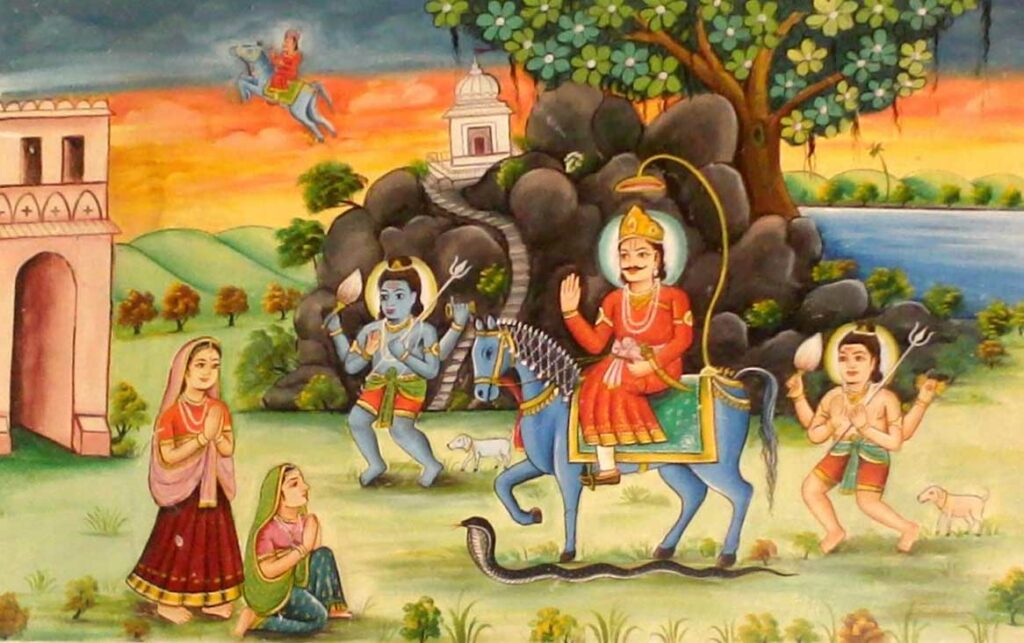
Shanti Lal stops for a delicately flavored cardamom chai. Then, between two sips, he tells us: “The whole process of these plates is completely natural.”
He explains to us that the clay is collected on the banks of the Banas river, a few kilometers away, but that as this source is running out, he also gets supplies from other regions. Then, rice husk and donkey dung are incorporated into the clay to reinforce the texture. The dough is then rolled out and flattened using a pindi (rounded stone) to form tiles. The sculpture is then made freehand with the help of a single tool, the “badli”, a kind of scissors. At the end, the plates are dried in the sun and then slowly baked in an oven.
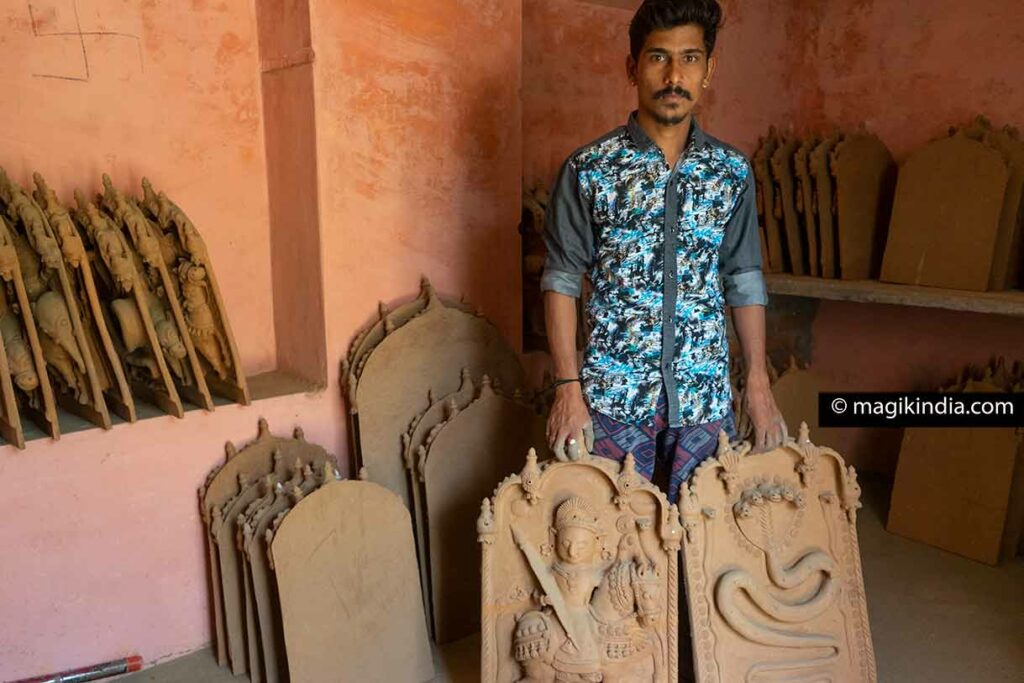
Shanti Lal carries on his work and tells us that if these votive panels are now known throughout the world, they are mainly intended for the family temples of the Gurjars and several Adivasis (indigenous) communities, mainly the Bhils, the Meenas and the Garasias.
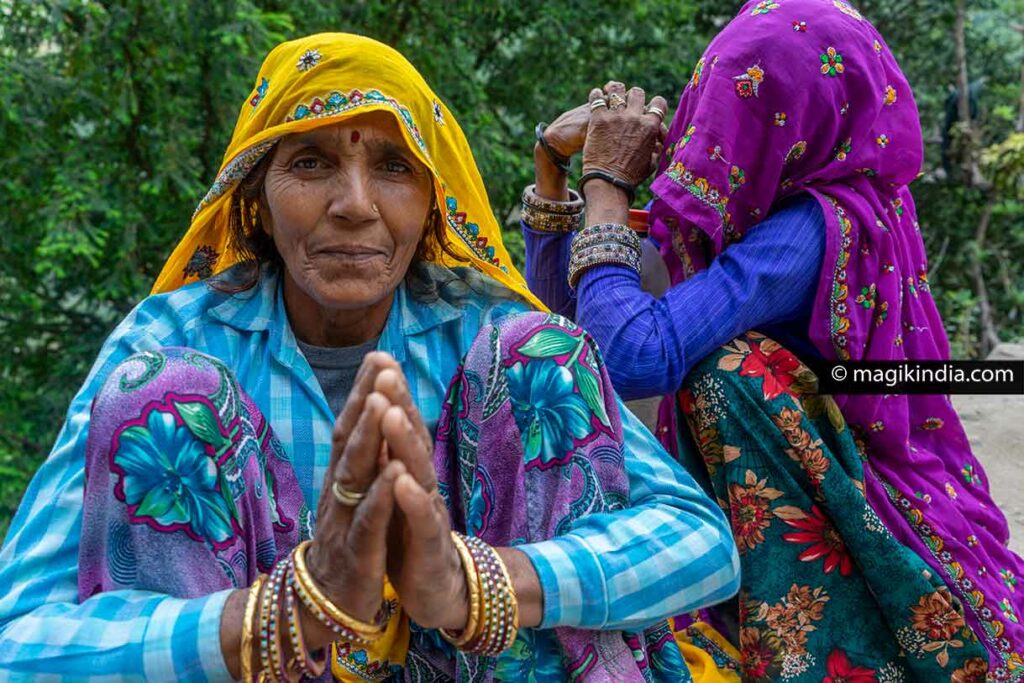
During the months of Magh (January-February) and Vaishakh (April-May), these communities come in groups with their “Bhopa” (a kind of shaman), who selects the deity for the family. After several rituals performed by the Bhopa, which include trances, the deities are placed on the family altar. They are believed to protect family members or grant a wish.
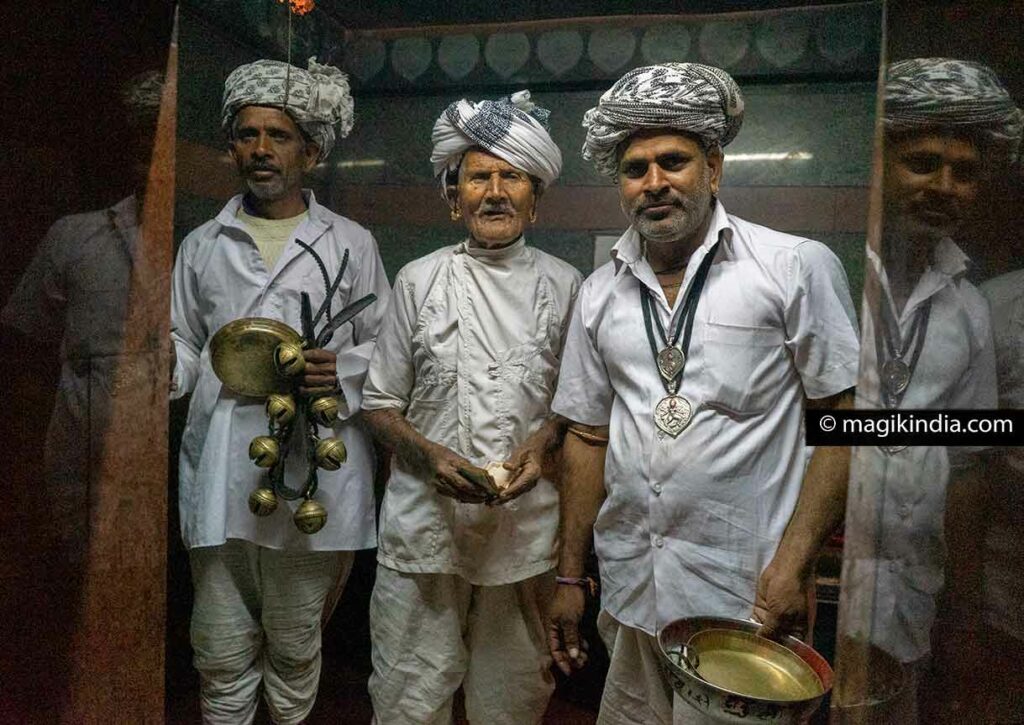
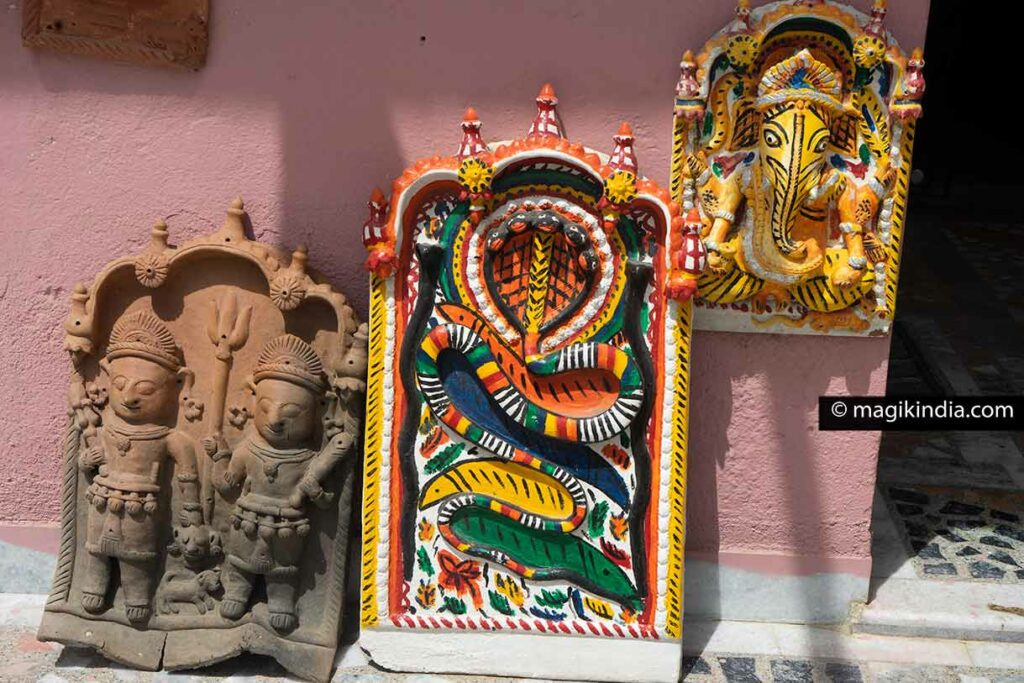
Apart from the classic deities of the Hindu pantheon such as Ganesha and Durga, the most requested ceramics are local deities such as Dev Narayan (the one who appeared in the potter’s dream), Beruji, Kala and Gaura Beruji and Nagaraj (the snake god).
While passing travelers generally choose natural colored plates, the Adivasis prefer well colored ones. Originally, natural pigments and varnish (jala) were used to color the plates.
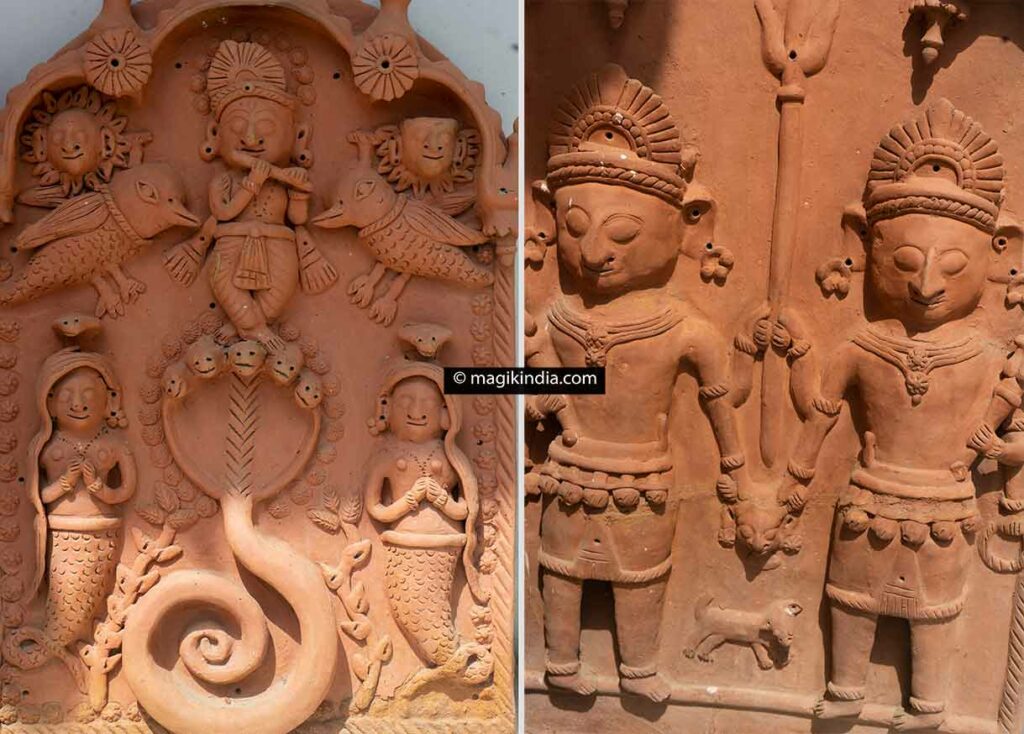
Over time, the craftsmen of Molela have adapted to the demand by creating paintings intended for the decoration of individual houses and public buildings. Udaipur railway station is the perfect example.
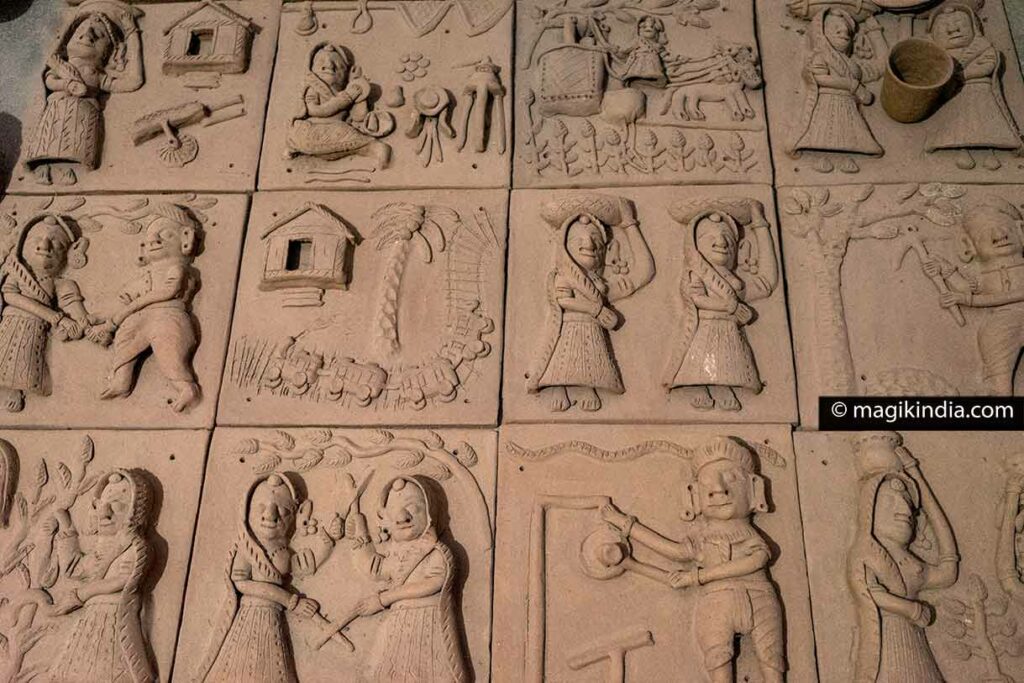
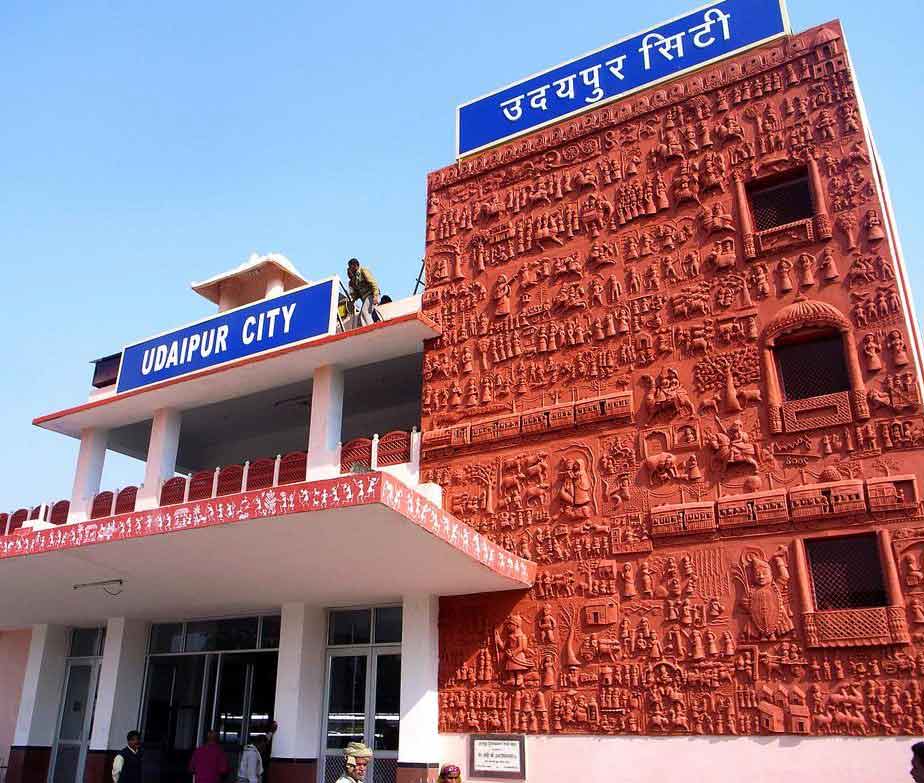
We warmly thank our host who, for a last photo, poses with his Rashtrapati award, a distinction awarded by the President of India, for achievements in the field of art and culture among others. And we drive back to Udaipur.
Another great experience in “Magik India”.
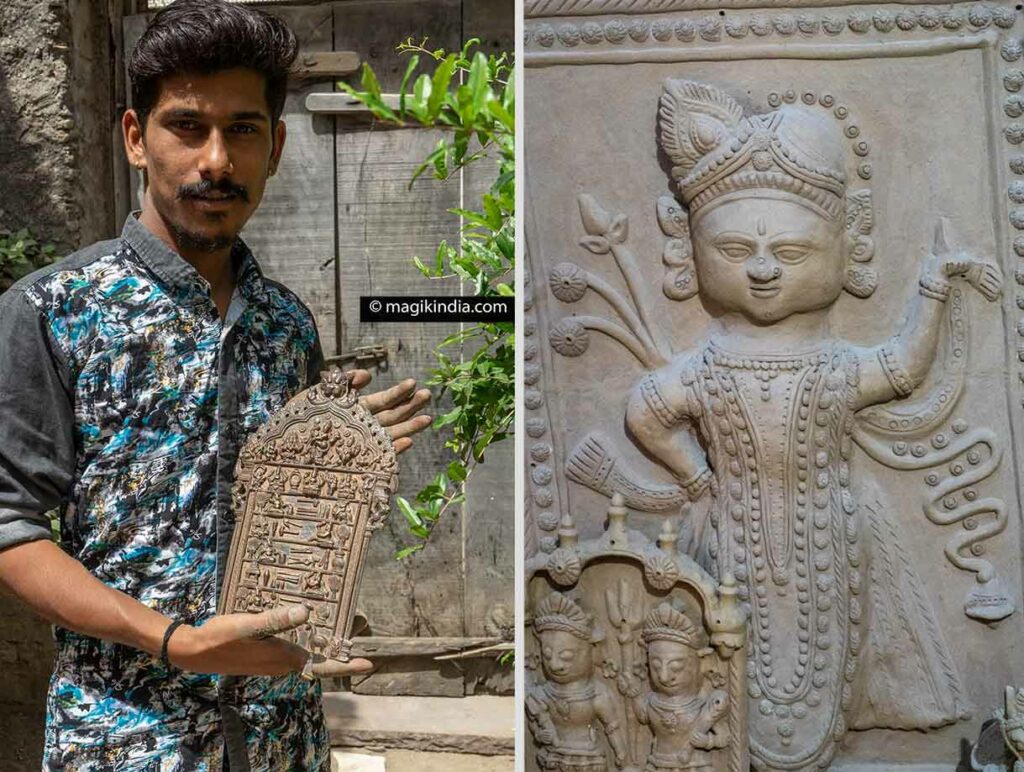
CONTACT ME FOR A CERAMIC WORKSHOP IN MOLELA WITH SHANTILAL

